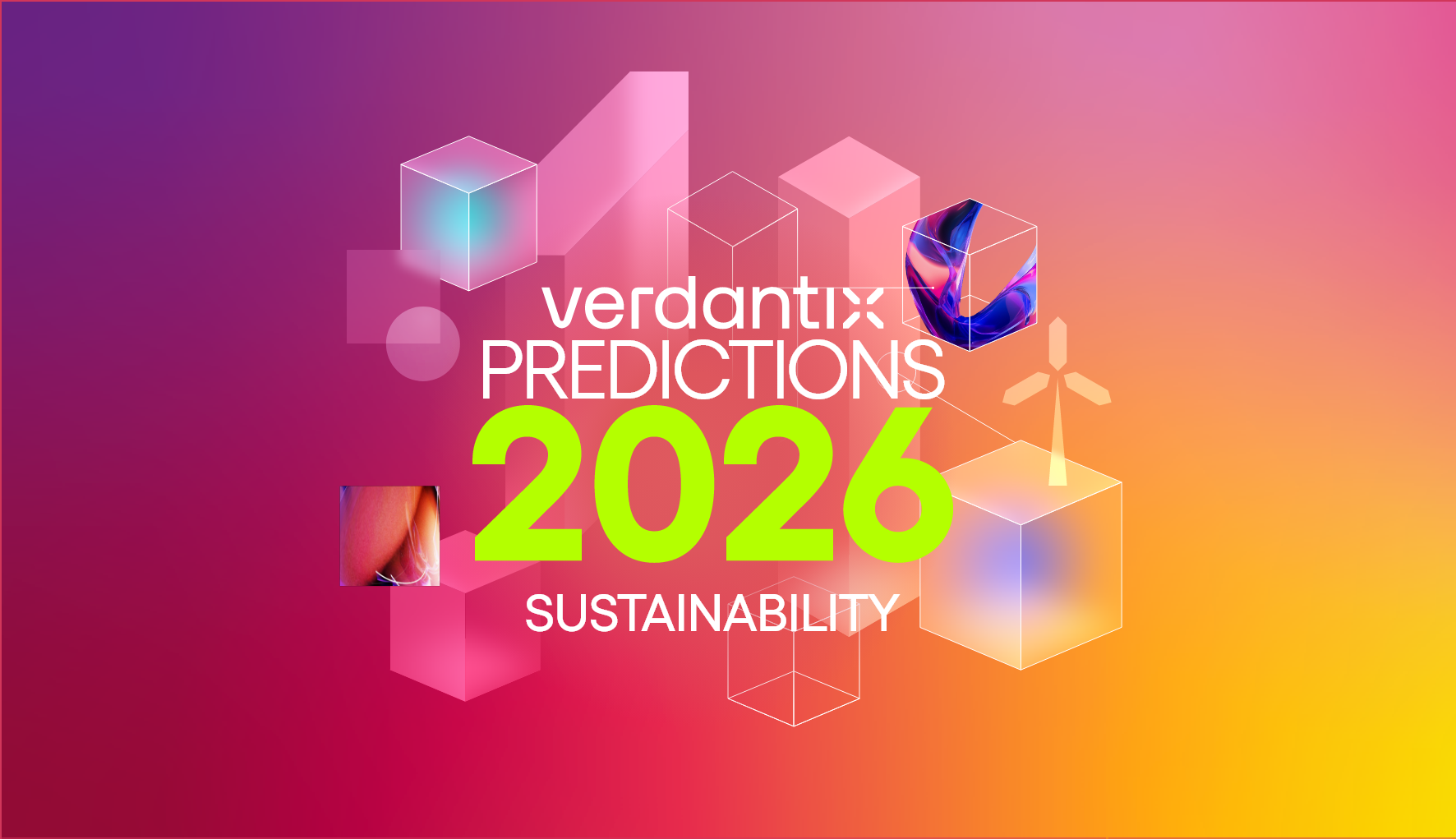EFRAG Finds Sustainability Reporting Hamstrung By Limited Technology Adoption
The European Lab Project Task Force on Reporting of Non-financial Risks and Opportunities and Linkage to the Business Model (PTF – RNFRO) in conjunction with the European Financial Reporting Advisory Group (EFRAG), recently launched the ‘Towards Sustainable Businesses: Good Practices in Business Model, Risks and Opportunities Reporting in the EU’ report, examining the state of play of sustainability reporting across the EU. The report finds firms are struggling to gain clarity concerning both what they should report and how data should be reported. Key to this is a fragmented and limited, ad hoc use of technological solutions to improve sustainability reporting, resulting in increased administrative burdens and weakened disclosures.
What innovative solutions can firms leverage to improve sustainability reporting? EFRAG identifies five technology solutions to improve disclosures and enhance investor access to disclosures: Artificial intelligence (AI); Interactive sustainability formats; XBRL, to improve access to sustainability information; Satellite imagery, to quantify physical risk; and Blockchain technologies for supply chain traceability.
Suppliers of corporate ESG solutions are starting to contribute these functionalities to the broad ESG technology stack. Figbytes launched an interactive, multimedia sustainability reporting website on for the State of Minnesota; sustainability software provider Higg embeds blockchain into supply chain reporting for enhanced data traceability. However, these innovative functionalities are yet to see the full extent of adoption. What’s holding technology buyers back? The majority of firms are currently investing to develop, define, and materialise sustainability strategies. Witness the rise of SBTI-ratified net zero targets or the growing popularity of TCFD-aligned disclosures. Investment thus far has been targeted on data management solutions to support these targets.
Firms that wish to be seen to be market leaders in sustainability will need to demonstrate sustainability performance through quality disclosures and quality data. We believe firms will ultimately need to take an ESG information architecture approach. And if firms wish to capitalise on investor ESG interest, they will need to make ESG and sustainability-related data accessible. Static, annual pdf-style reporting will shortly no longer be enough to demonstrate sustainability performance as a competitive differentiator to stakeholders.
About The Author

Connor Taylor
Principal Analyst





